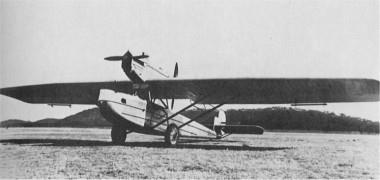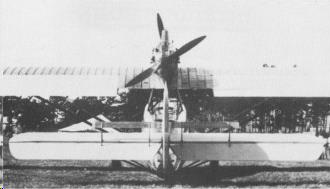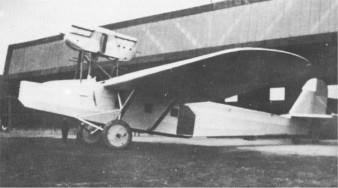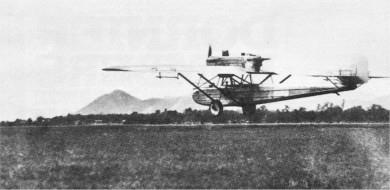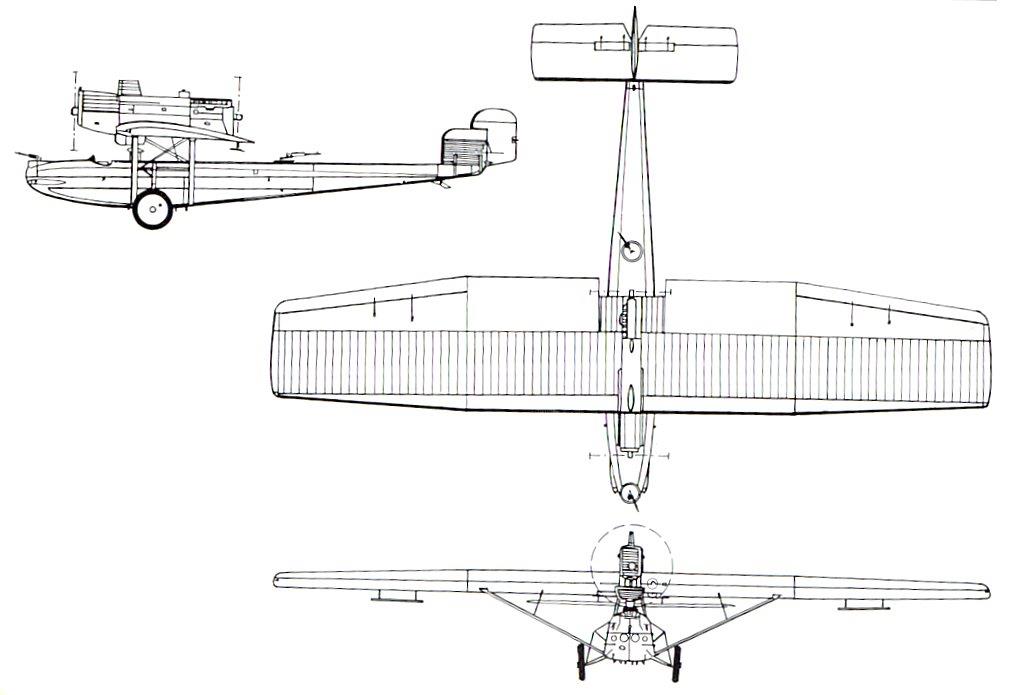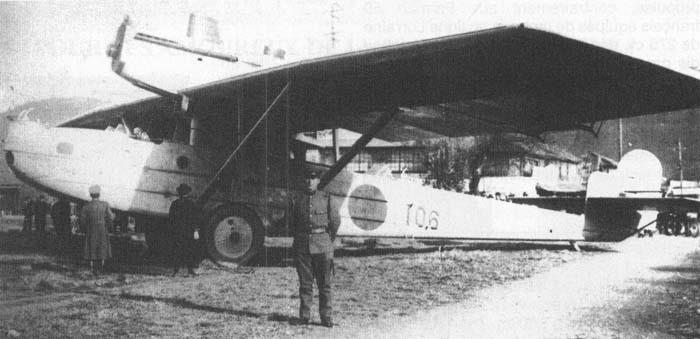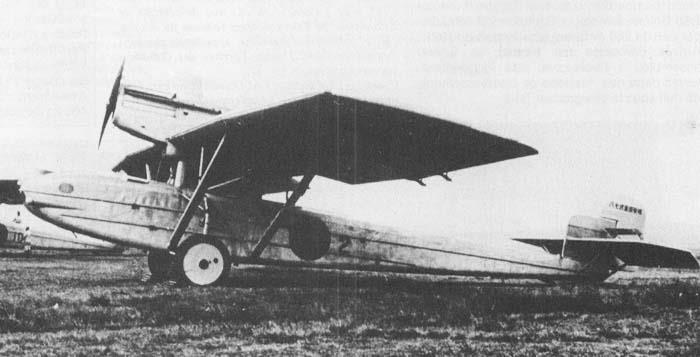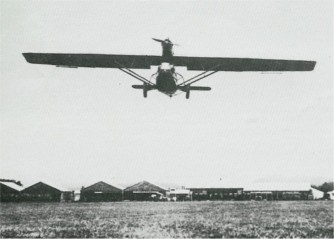14 with Napier Lion XI and 14 with Rolls-Royce Condor III ( Stützer : Die Deutschen Militärflugzeuge 1919 - 1934 )
Built by Kawasaki, parts and drawings supplied by Dornier from the Altenrhein factory. Richard Vogt and a team from Dornier helped with the building of 28 aircraft. Designated Kawasaki Ka 87. Used as a bomber in Manchuria in 1931.
| Type |
4 seat bomber |
| Engine |
2 Napier Lion XI |
2 Rolls-Royce Condor III |
2 BMW VI |
| Dimensions |
Length 18.0 m, height 6.5 m, span 26.8 m, wing area 129.0 m2 |
| Weights |
Empty 4200 kg, flying weight 6300 kg |
| Performance |
Max. speed 180 km/h, cruising speed 140 km/h, service ceiling 3000 m, climb to 1000 m 7 min., to 3000 m 40 min, range 1500 km |
Max. speed 190 km/h, cruising speed 160 km/h, range 1300 km, service ceiling 4000 m |
|
| Armament |
1 MG in the nose and 1 MG in a dorsal position. Bombs on racks under the fuselage ( 600 kg ) |
Beginning of 1924 , plans for a country version of the successful "Whale " concept at Dornier . Were Envisioned a civilian ( Th F ) and a military version (Thu N). It arose from the Wal- cell a significantly larger and heavier aircraft which, although in the basic design of the Wal leaning , but was re- constructed by yet in many details. Thus, cross- level , gekielter boat bottom and Flossenstummeln the whale and removed a country chassis provided . Compared to the whale , the curb mass increased from 3.5 t to 4.2 to 4.3 t .
The drive was either two Rolls- Royce Condor III twelve-cylinder V-engines or two Napier Lion twelve-cylinder V W engines . Alternatively still , later joined the BMW VI . Dornier worked on the civil design ( serial number 60) appears first , causing the lower type letter " F" could be explained . During the year 1924 should then be taken forward at this machine as Do N at the insistence of Japan after the fastest possible acquisition of a two -engined bomber , the works . After Japan, supplied the necessary raw materials for the construction , profiles and other items, the engines would procure Kawasaki itself . Dornier also provided instruction period - and consultant staff ready Dornier even offering advice and in addition has lectured at the University on the all-metal aircraft . 1925, the parts were shipped to Japan where the machine and completed in February 1926, made its first flight 19/2 1926
flight . After a short flight test after three days the aircraft was removed from the Japanese side . For the Japanese Army Air Force followed by a further 27 copies were manufactured with built in Japanese license BMW VI engines.
